Kicker CompVT 43CVT104 Bruksanvisning
Läs gratis den bruksanvisning för Kicker CompVT 43CVT104 (20 sidor) i kategorin Subwoofer. Guiden har ansetts hjälpsam av 18 personer och har ett genomsnittsbetyg på 4.7 stjärnor baserat på 9.5 recensioner. Har du en fråga om Kicker CompVT 43CVT104 eller vill du ställa frågor till andra användare av produkten? Ställ en fråga
Sida 1/20

CVT10 | CVT12
Manual del Propietario | Español
CompVT ALTAVOZ PARA SONIDOS GRAVES
Benutzerhandbuch | Deutsch
CompVT TIEFTÖNER
Manuel d’utilisation | Française
CompVT HAUT-PARLEUR D’EXTRÊMES GRAVES
COMPVT
SUBWOOFERS
Owner’s Manual
™
2016 CompVT Rev C.indd 12016 CompVT Rev C.indd 1 4/27/2017 10:11:02 AM4/27/2017 10:11:02 AM
Produktspecifikationer
| Varumärke: | Kicker |
| Kategori: | Subwoofer |
| Modell: | CompVT 43CVT104 |
Behöver du hjälp?
Om du behöver hjälp med Kicker CompVT 43CVT104 ställ en fråga nedan och andra användare kommer att svara dig
Subwoofer Kicker Manualer
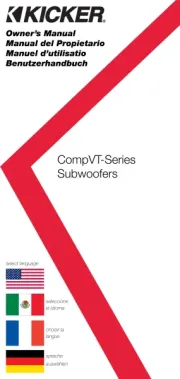
9 September 2025
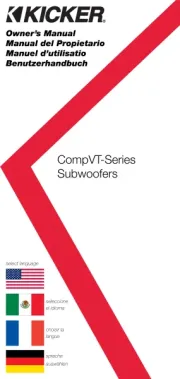
9 September 2025
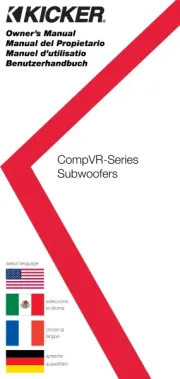
25 Augusti 2025

21 Augusti 2025

3 Juli 2025
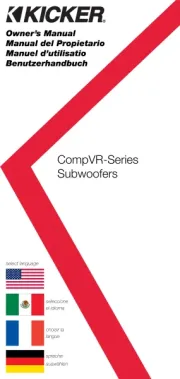
1 Juli 2025
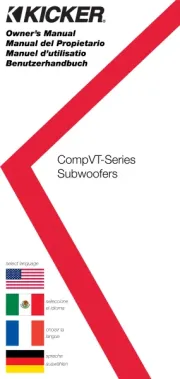
30 Juni 2025
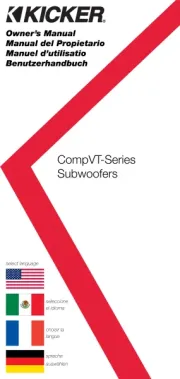
30 Juni 2025

29 Juni 2025
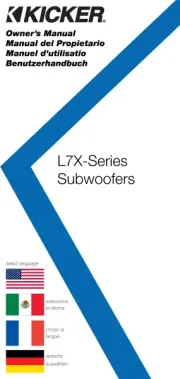
13 Juni 2025
Subwoofer Manualer
- PMC
- Alphasonik
- Axiom
- Avid
- Bowers And Wilkins
- Boss
- Sennheiser
- M-Audio
- Earthquake Sound
- Klipsch
- QTX
- ESI
- Jensen
- Blaupunkt
- ESX
Nyaste Subwoofer Manualer
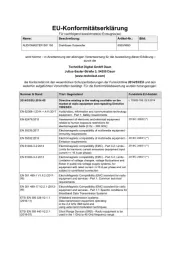
21 Oktober 2025
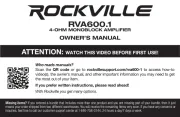
18 Oktober 2025
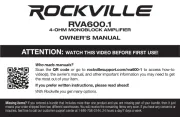
18 Oktober 2025
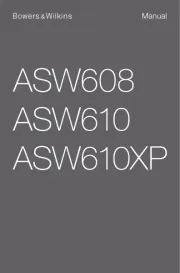
15 Oktober 2025
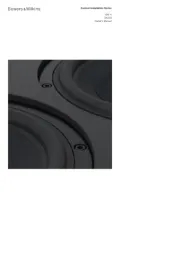
15 Oktober 2025
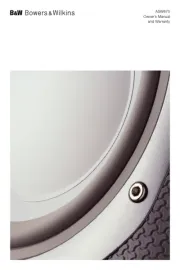
15 Oktober 2025
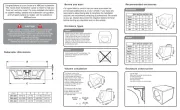
13 Oktober 2025
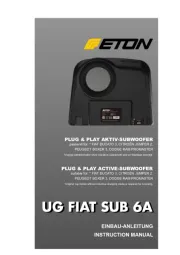
13 Oktober 2025
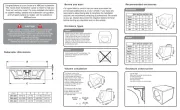
13 Oktober 2025
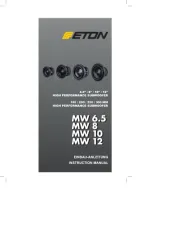
13 Oktober 2025